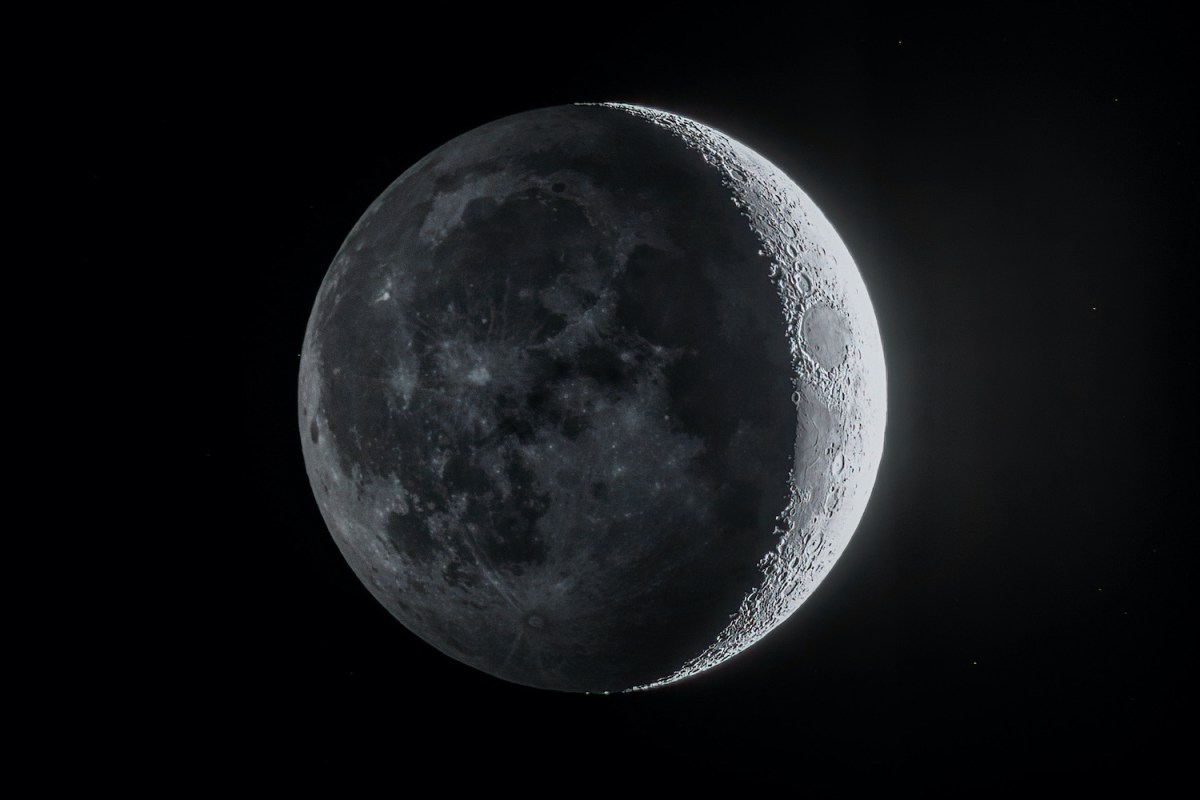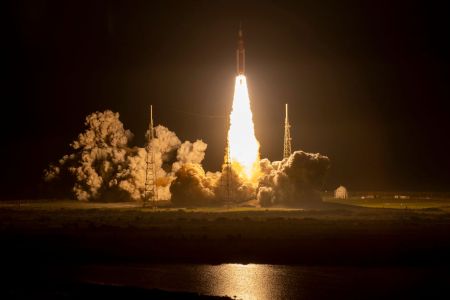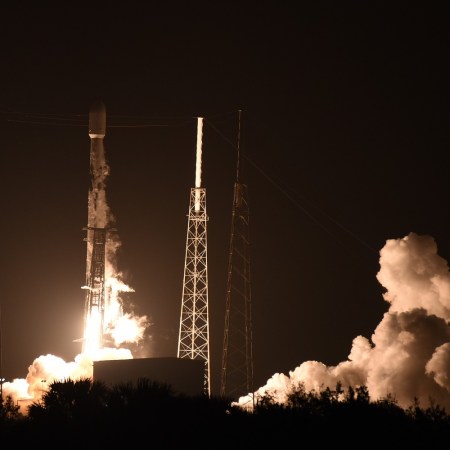For several decades in the second half of the 20th century, the United States and the Soviet Union launched a series of missions into space. These ranged from crewed flights into orbit to missions to the surface of the Moon — and, after a long period of space exploration being oriented away from the Moon, a second era of lunar exploration has begun. NASA’s Artemis program is perhaps the highest-profile example of this, but it’s far from the only one.
And, just like last century’s efforts to voyage to the Moon, Russia is also making its own presence felt. As Jonathan O’Callaghan writes at Nature, the first Russian mission to the Moon since 1976 is now underway. At Vostochny Cosmodrome, Luna 25 began its voyage into space on August 10, 2023. O’Callaghan notes that the mission will take five days to reach the Moon’s orbit — and is slated to land near the south pole of the Moon on August 21.
One thing that makes this era of lunar exploration different from that of previous decades? There are a lot more nations in the mix. India and China also have plans to send missions to the Moon, with the former’s Chandrayaan-3 craft already in lunar orbit. A private mission to the Moon was set to land there earlier this year, but the craft did not succeed in landing successfully.
Artemis I Just Recorded the Moon for the First Time
Orion is en route to its destinationAs Nature reports, the primary goal of the mission involves searching for ice below the lunar surface. The presence of lunar ice could pave the way for larger-scale human habitation — and, yes, if you’re watching For All Mankind, this probably sounds very familiar. (Also, you should really be watching For All Mankind.) We’ll know more later this month, when Luna 25 reaches its destination and begins the next phase of its mission.
Thanks for reading InsideHook. Sign up for our daily newsletter and be in the know.


















